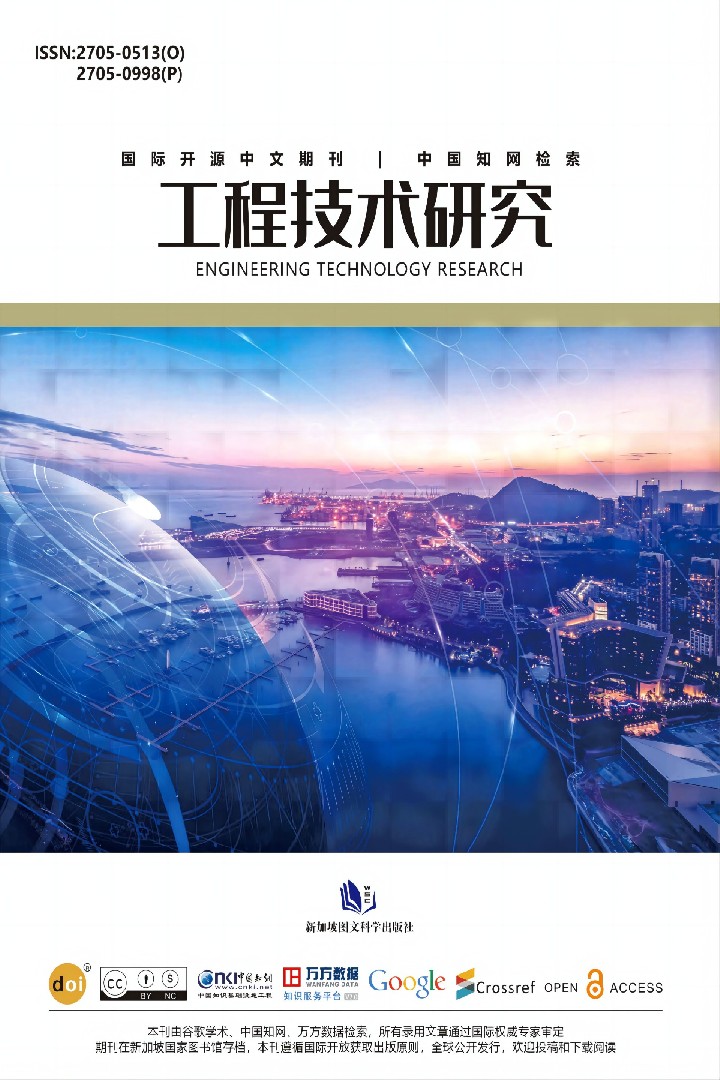作者
Pranay Jain,Sanjana Kumari,Shreenivas B
文章摘要
电动汽车(EV)在市场上越来越普遍。当这个世界充满了电动汽车时,就有必要在公路上提供与该公路上的汽车能源消耗相近的基础设施。因此,需要从一种能源载体大量过渡到电能。从目前来看,这意味着电网的承载能力将大大增加。电动汽车的需求越来越大,因为它们与汽油汽车相比有若干优势。另一方面,应该考虑到电池发电站有限以及缺乏提供实时车辆性能参数的基础设施,如电池效率、耐用性、完全耗尽前的总行驶距离等等。因此,我们开发了一个嵌入式系统来解决上述限制。该研究展示了电池特性的所有数学计算(包括但不限于电池效率和耐久性百分比),这有助于评估实时电池性能。该系统在实验室使用可行方法进行了测试和验证。此外,我们为最终用户创建了一个移动应用程序,以提供关于电池参数的信息,以及它在完全放电之前的最大行驶距离。
文章关键词
电动汽车;电池;充电站;移动
参考文献
[1] V. M. Dileepan and J. Jayakumar, “Performance analysis of lithium batteries,” 2017 International Conference on Innovations in Electrical, Electronics, Instrumentation and Media Technology (ICEEIMT), 2017, pp. 330-333, doi: 10.1109/ICIEEIMT.2017.8116860. [2] Dong Zhang, S. Dey, H. E. Perez and S. J. Moura, “Remaining useful life estimation of Lithium-ion batteries based on thermal
dynamics,” 2017 American Control Conference (ACC), 2017, pp. 4042-4047, doi: 10.23919/ACC.2017.7963575. [3] R. Xiong, Y. Zhang, J. Wang, H. He, S. Peng and M. Pecht, “Lithium-Ion Battery Health Prognosis Based on a Real Battery
Management System Used in Electric Vehicles,” in IEEE Transactions on Vehicular Technology, vol. 68, no. 5, pp. 4110-4121, May 2019, doi: 10.1109/TVT.2018.2864688. [4] D. Shen, T. Xu, L. Wu and Y. Guan, “Research on Degradation Modeling and Life Prediction Method of Lithium-Ion Battery in Dynamic Environment,” in IEEE Access, vol. 7, pp. 130638-130649, 2019, doi: 10.1109/ACCESS.2019.2929177. [5] S. Barcellona, M. Brenna, F. Foiadelli, M. Longo and L. Piegari, “Battery lifetime for different driving cycles of EVs,” 2015 IEEE 1st
International Forum on Research and Technologies for Society and Industry Leveraging a better tomorrow (RTSI), 2015, pp. 446-450, doi: 10.1109/RTSI.2015.7325138. [6] Z. M. Salameh and B. G. Kim, “Advanced lithium polymer batteries,” 2009 IEEE Power & Energy Society General Meeting, 2009, pp. 1-5, doi: 10.1109/PES.2009.5275404. [7] G. Suciu and A. Pasat, “Challenges and opportunities for batteries of electric vehicles,” 2017 10th International Symposium on Advanced Topics in Electrical Engineering (ATEE), 2017, pp. 113-117, doi: 10.1109/ATEE.2017.7905058. [8] Z. Hong, Y. Zhu, W. Shang, Q. Li and W. Chen, “Research of energy management strategy for fuel cell/battery hybrid locomotive,” 2017 IEEE Transportation Electrification Conference and Expo, Asia-Pacific (ITEC Asia-Pacific), 2017, pp. 1-5, doi: 10.1109/ITEC-AP.2017.8080852. [9] N. Noura, Nassim, L. Boulon, S. Jemeï. “A Review of Battery State of Health Estimation Methods: Hybrid Electric Vehicle Challenges” World Electr. Veh. J. 11, no. 4: 66. https://doi.org/10.3390/wevj11040066
[10] M. Brandl et al., “Batteries and battery management systems for electric vehicles,” 2012 Design, Automation & Test in Eur ope Conference & Exhibition (DATE), 2012, pp. 971-976, doi: 10.1109/DATE.2012.6176637. [11] Multisim14.0,https://www.ni.com/en-us/shop/electronic-test-instrumentation/application-software-for-electronic-test-and-instrumentat
ion-category/what-is-multisim.html
[12] Estimated self-discharge table for different batteries, https://batteryuniversity.com/learn/article/elevating_self_discharge
Full Text:
DOI
